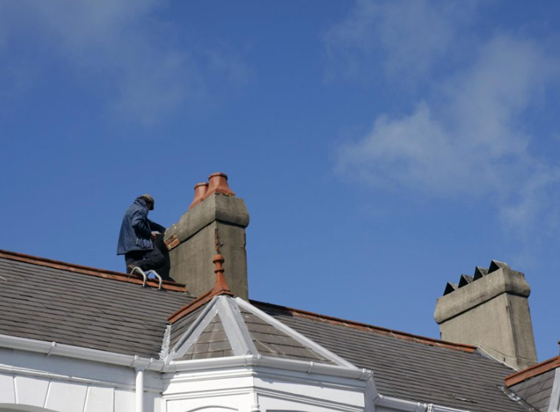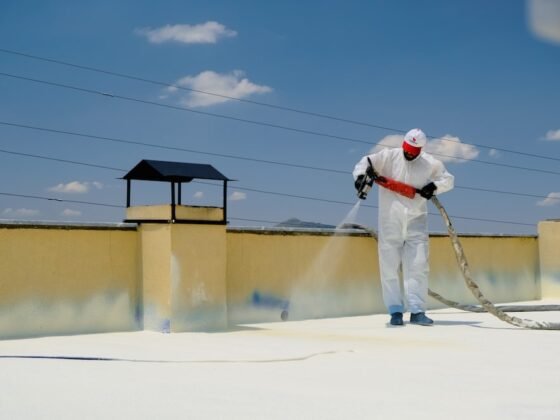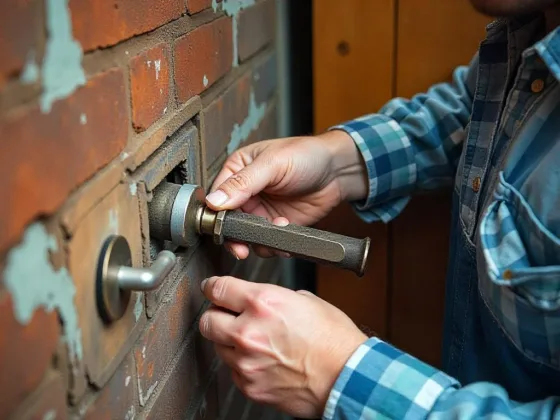Table of Contents Show
How do you reduce waste and get your home organized? We have a few suggestions that you may find helpful. We have put together a list of the best ways to tidy up your home, find a place for everything, and still be environmentally friendly and conservation-conscious.

Reuse Items for Home Storage
The first step to getting an organized home is to put some items into storage, whether that is storing them away in the attic or basement or just putting them into bins and other storage containers. But where do you get your storage containers from to create an organized home?
Well, you could buy new containers from a store, but we recommend that you look around your home for items that can be used for storage before you go and buy anything new. Here are a few suggestions for reusable items that could function as storage containers all around your home:
- Canning jars can hold stationary supplies and sewing items.
- Plastic food containers can be cleaned out and reused to store leftover food and any small items you have. You can even redecorate the containers to make them more suitable for storage.
- Food packaging boxes can be reused to store items away in your attic or basement out of the way.
- Coffee containers make great storage for pens, pencils, and other small items.
- Market bags or reusable fabric grocery bags can be used to store toys and can serve as hanging storage.
- Shoe boxes make for great under-the-bed storage.
Declutter Your Home
Getting rid of things you don’t need will actually save resources while making your home easier to clean and organize. If you practice regular decluttering, you can have more room in your home, fewer items to get in your way, and less mess to deal with.
It will take you less time to clean if you have fewer items to clean. That’s the practical side of decluttering, which basically involves getting rid of items you don’t absolutely need and doing it intentionally and frequently, so you never amass too much stuff at once.
The conservation side of this practice is that your fewer items will require fewer resources. If you don’t have as many electronic devices, you won’t use as much power. If you have fewer appliances and tools that require power or fuel, then you will use fewer resources.
If you keep fewer items in your home, you are less likely to buy more of the same, as your desire for collecting and amassing will diminish. On the surface, decluttering doesn’t seem to make any impact on the environment, but it will have a positive effect over time.
Professional Cleaning Makes Organizing Easier
If you want to spend less time tidying your home, then having it professionally cleaned would be a good first step. You can sit back and let kitchen cleaning and deep cleaning experts do the hard work. Once they are finished, your home will be easier to keep clean.
You won’t have as much dust, dirt, and debris in the home, so that means fewer pests for you to deal with, ideally. With a cleaner home that is more pest-free, you will spend less money and time on pest removal supplies, and that conserves precious resources and helps you protect the environment against the use of harmful aerosols and toxins.
A clean home is more of a joy to organize and should not take as long to tidy up. That will save you time and energy for other things you want to do.
How often you choose to hire professional cleaners is up to you, but many people prefer to have them come in and work for them about once a month.
This helps them to keep a handle on their home cleaning and not let it get too out of hand. It makes it easier to keep the home clean if you have it thoroughly tidied every so often.
Choose Organization Options That Are Sustainable
A big part of home organizing with an eye to conserving resources and protecting the environment is that you make sustainable choices. Choose organizing supplies that are labeled as green or sustainable when possible.
You may have to go out of your way to find them, but there are plenty of options along that line. These should be items that are either biodegradable or are designed to last for a long time.
In both cases, they will be safe for the environment because they will not leave harmful components behind to hurt animals and the earth or they will not need to be replaced for a while, using fewer resources overall.
Keep these kinds of factors in mind when buying home organizing items, like containers, bags, drawers, and cabinets.
Choose items that are made in an environmentally friendly way and that are made by companies with a commitment to the environment and sustainability. Making these kinds of choices will positively impact the environment, and you will be doing your part to conserve resources.
Use Paperless Organization Methods
When sustainability is a key factor in your life, you will always want to look out for ways to cut back on resources, particularly paper. We use way too much paper in our daily lives, and you can eliminate a lot of paper waste by being intentional about it and looking at alternatives.
As you try to organize your home, you can use electronic lists and digital organizational tools rather than printing out lists or adding labels to everything. To keep an organized shopping list, just make a list on your phone in an appropriate app rather than writing down a list on paper.
When you write out lists of chores for the day for yourself, your spouse, or your kids, you can do that digitally and send the list to them. They will see it just as easily on their phones, and you can save paper this way.
With these tips, you will be making a difference and still be able to have an organized, attractive-looking home.










